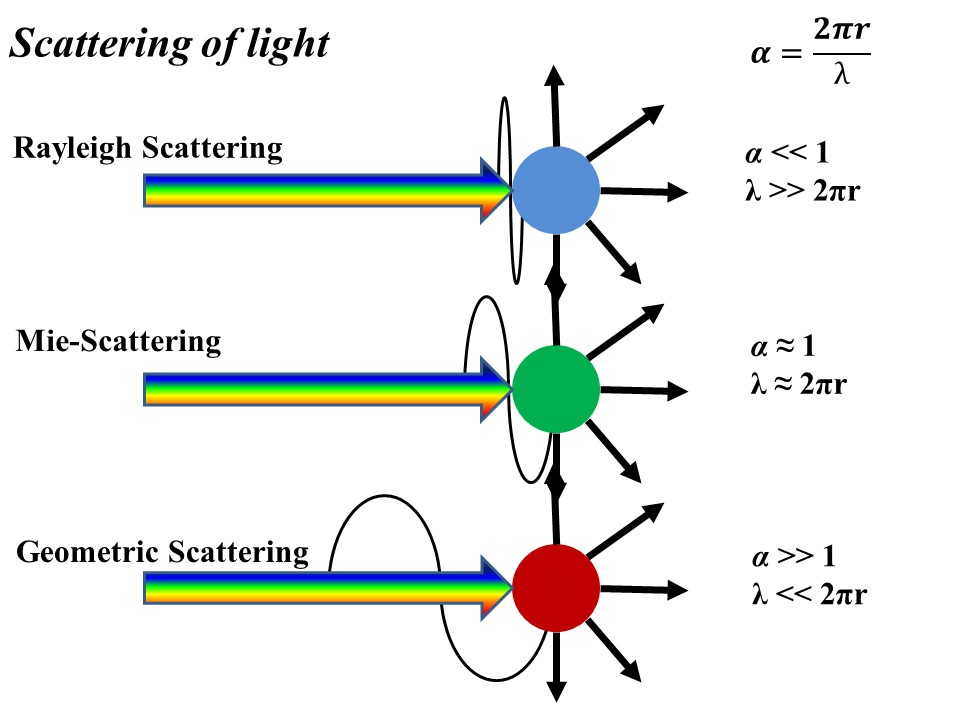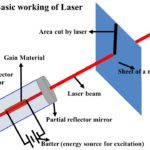The general meaning of the word “scattering”
Scattering, in a general sense, relates to the change in the direction of an object in motion after it collides with another. Sometimes, the scattering also defines dispersing of objects when they encounter some obstacle.
Interpretation of scattering in physics
Similar to the general meaning, scattering relates to the study of particles and waves as they encounter a particle in their path. The change in the trajectory of a wave or a particle after this encounter is called scattering. The scattering includes particle-particle scattering and wave-particle scattering. In wave-particle scattering, electromagnetic or soundwaves interact with particles of a medium and deviate from their natural trajectory.
Different types of scattering
Elastic and inelastic
In elastic scattering, the wave interacting or colliding with a particle undergoes very low or no change in energy, whereas, in inelastic scattering, the energy of the wave is changed. The major reason for this change in energy of the wave is absorption, which depends upon the particle the wave has interacted with.
Single or multiple
In this differentiation, the wave might get scattered with a single scatterer or multiple scatterers. The wave getting scattered by a single center is non-deterministic, whereas the wave getting scattered by multiple centers is deterministic as the total scattering gets averaged out.
Scattering of Electromagnetic waves (scattering of light)
The electromagnetic waves can undergo can be scattered by particles and they are the most common types of waves that get scattered. EM waves can be scattered elastically or inelastically, and similarly, light being an EM wave also undergoes such types of scattering. The scattering of light is the main phenomenon through which we observe colors since the scattering also includes reflection and refraction of light. Moreover, the EM waves having higher frequency tend to undergo more scattering than EM waves with low frequency.
The major types of scattering of light are Mie-scattering and Rayleigh scattering, and both of these are elastic (where no or very less energy of the wave is changed). The type of light scattering depends on the circumference of the particle the light is going to interact with. The “α” that identifies scattering can be calculated using the following formula.
where r is the radius of the particle and λ is the wavelength of the wave.
When α<<1, then the light will undergo Rayleigh scattering. This means that size of the particle is very small in comparison to the wavelength of the wave. This is why the color of the sky is blue since the blue color light has more frequency (in Terahertz) and very small particles are present in our atmosphere that makes the light undergo scattering.
When α≈1, then the light will undergo Mie-scattering. In this case, the circumference of particles is very close to the wavelength of light. This type of scattering is only valid for particles with spherical shapes.
When α>>1, then light will undergo geometric scattering. In this case, the circumference of particles is very large in comparison to the wavelength. These different types of scattering are shown in Fig. 1.

Further readings
If you liked this post you might be interested in reading the following posts.
- Construction, working, and new technologies of OLED TV

- Laser and its applications in medicine and technology

- LED light, its construction, types and colors, power, life, and technology

- Optical fiber design and applications

- Radiation therapy for cancer treatment and its side effects

